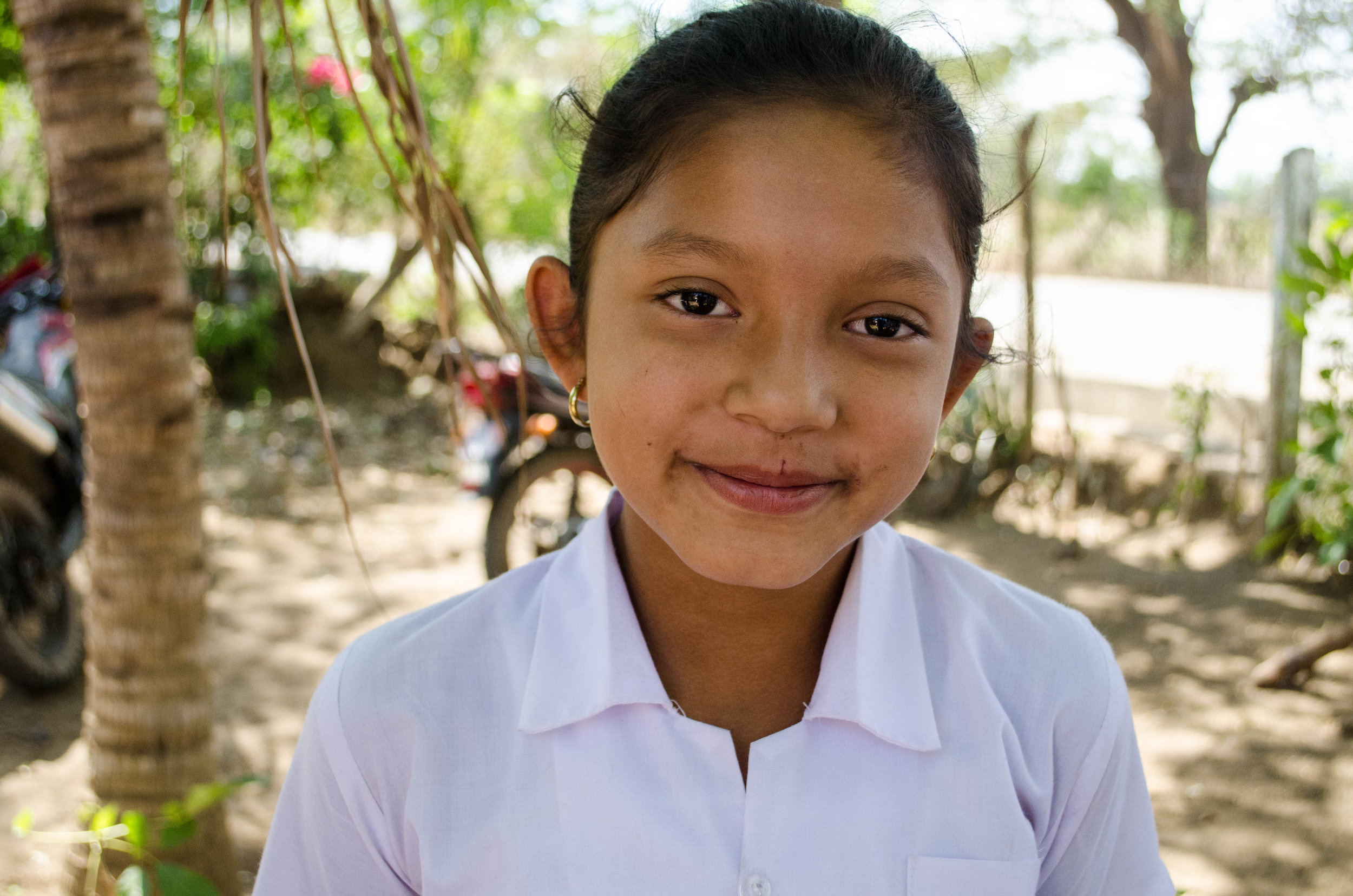The Dreams of Children
Photos & Text by Lindsay Pytel
I can recall a time when I was about 6 years old and I went to the post office with my mother. I carried one of those mini activity books as she checked her mailbox, one of the special kinds you have to pay for even though we already had one outside of our home. As she ran her errands, I opened the book and started filling out answers to questions it prompted me.
Growing up in Connecticut, I never thought of college as something that couldn’t or wouldn’t happen in my life. It always served as an inevitable outcome. Money isn’t as much of an obstacle here as it is in Nicaragua. In fact, Connecticut is the third wealthiest state in the U.S. My family isn’t rich, but I always had nice birthday parties, new clothes, food, toys, and now I am getting a college education.
I remember answering that inevitable question in my activity book that children can’t escape, “What do you want to be when you grow up?” In that moment I wrote down “Cowgirl.” I assume it was because I was obsessed with “Toy Story 2” at the time and Jessie was my favorite character. I didn’t understand that “cowgirl” wasn’t a profession. I could just picture myself riding Bullseye with a hat on, and I was set.
In Nicaragua, children don’t dream as unrealistically about their future as I once did. They focus more on practicality rather than imagination. Most have probably not been told that they can “be whatever they want to be,” because that’s not the way it is there. Nicaragua is the second poorest country in the western hemisphere; only Haiti is poorer than this Central American country.
The wars that have taken place in the country are primarily responsible for the extreme poverty. The Nicaraguan Revolution (1977-1979) resulted in the left-wing Sandinistas taking power and finally escaping the dictatorship of Anastasio Somoza. When this happened, the United States leaders were uneasy about the new leadership and began funding the Contras, beginning a Civil War in 1980. “This 10-year war [was] fought at the cost of 60,000 lives, $178 billion, and the Nicaraguan infrastructure and economy,” according to a timeline of Nicaragua from Stanford University.
For Nicaraguan children, the primary focus is on what will provide their family with enough money for survival, and what jobs will help the people of their country as a whole. Those are the kinds of worries that even the children consider when thinking about the future. Most of the children interviewed in León and Chinandega mentioned the fact that they don’t feel as though Nicaragua has enough resources to benefit them in their future endeavours. For some of them, emigrating is the only option.
Alex
Alex is an energetic 6-year-old with quite an imagination. In his spare time he likes to play with his favorite animal, which he says is his little brother. Alex lives right on the beach near Poneloya, in León, and says when he grows up he wants to be a fisherman just like his uncle because that’s what he has been surrounded by his whole life.
Kiara
Kiara is a 16-year-old high school student who takes classes on Saturday because during the week she has a job assisting with construction. She says that when she is older she would like to become a police officer because she likes the notion of respect and for her country to follow the law. However, she feels she would have more opportunities and resources in the United States. Kiara feels that the power of the dollar is really important and that in Nicaragua you can’t attain as many things, but that in the United States much more is possible.
Faviola
Faviola is 16 years old and dreams of being a teacher. She says she wants to pursue this career because she wants to help those who don’t have enough resources. She says there is too much ignorance in her country. In her spare time, Faviola likes to partake in typical teenager activities like reading and spending time on the Internet.
Francierly
Francierly, 16, is going to college next year hoping to pursue a career in general surgery. She says her favorite part of her country are the beautiful beaches. Francierly enjoys learning English because she believes the communication between Nicaraguans and Americans would help improve their country.
Jerem
Jerem, 11, dreams of one day becoming a plane mechanic to earn a lot of money to support his family. He says he would like to travel the world, listing places such as Panama, Canada, the U.S., and Colombia as a few he would especially like to visit. When he was 5 years old his mother left to go work in Panama as a housekeeper and sends money back every month to his grandmother, his primary guardian. Jerem says he would like to see more job opportunities be created in Nicaragua, that way people wouldn’t have to move to different places to work. He believes improvements to elementary education would give children like him the opportunity to study and stay in the country he loves.
These three children [from top Eddie, Harvey, and Ingrid] all attend the Escuela Pública Arenera in the rural community of La Ceiba. Eddie dreams of becoming a teacher. Harvey wants to be a policeman. Ingrid wishes to someday be a doctor. These three children all mentioned while being interviewed that the reason they dream to be these things is because they want to help other people in their country, a common theme among the children of Nicaragua.








